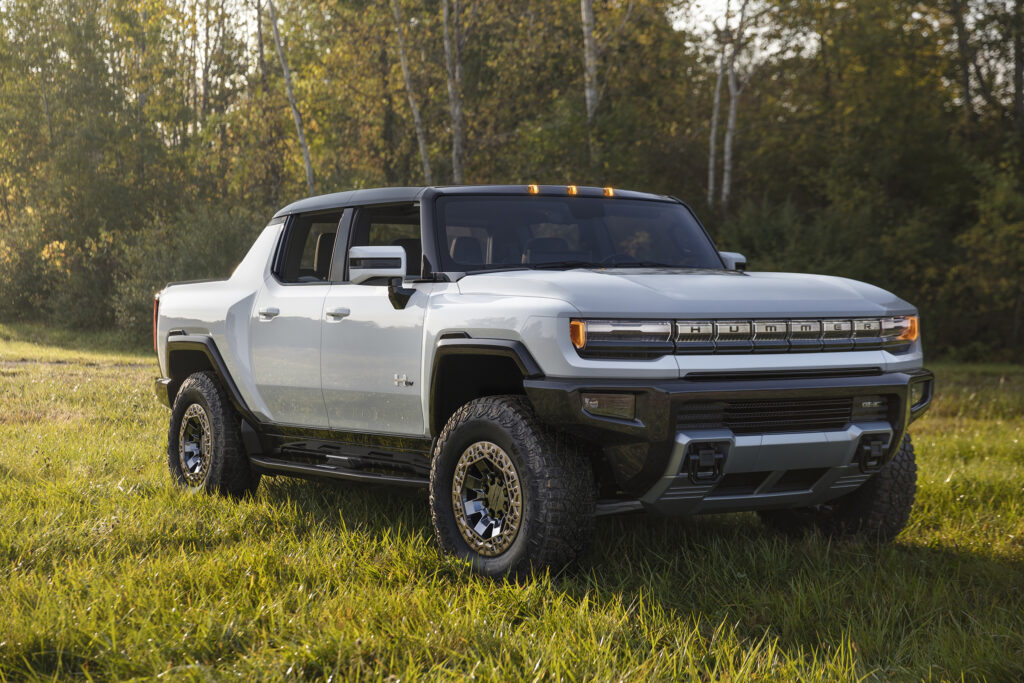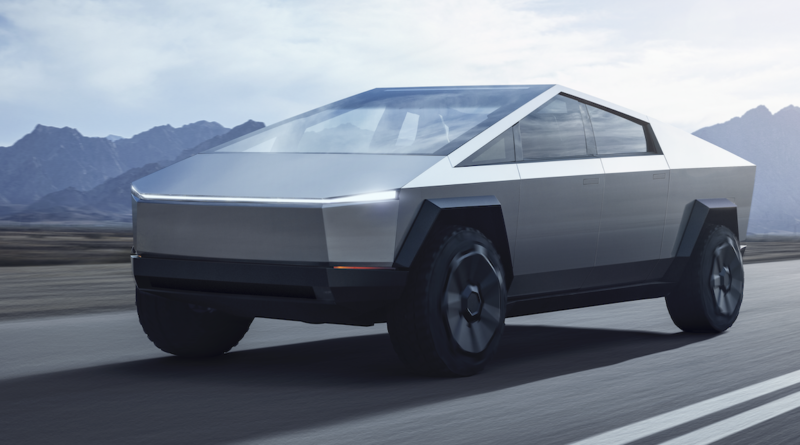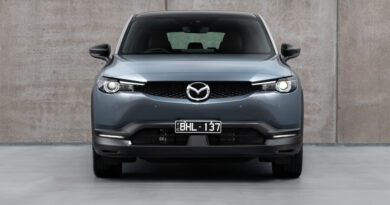Why electric pick-ups are going to struggle for sales
A US expert has warned of a rocky sales road ahead for the phalanx of battery electric full-size pick-up trucks soon to arrive on the market.
Warren Brown, who has dealt in the pick-up truck segment since 1976, said the vast majority of private and fleet pick-up buyers would not be tempted by the new EV entrants.
Up to nine electrified pick-ups are expected to launch in North America by 2023.
In theory they are a safe bet because full-size pick-ups are the biggest sales and profitability segment in the market, accounting for more than three million sales per annum.
Want the latest EV news and reviews delivered to your inbox? Subscribe to our weekly newsletter!
The Ford F-150 alone, accounts for more than 600,000 sales and is the cornerstone of the blue oval’s profitability. But the Chevrolet Silverado and GMC Sierra are also critical to the financial success of General Motors, while the RAM is also vital to the fortunes of Fiat Chrysler Automotive.

These vehicles also command a small but growing audience in Australia, even though they are converted to right-hand drive locally, adding significant expense.
The BEVs coming to market include an electrified version of the F-150, the Tesla Cybertruck, an as yet unnamed Chevrolet, the GMC Hummer SUT, Lordstown Endurance, Bollinger B2, Rivian R1T and controversial Nikola Badger.
Brown estimated nine BEV pick-ups would be on-sale in 2023 and combined sales would top out at just 40,000.
“These new BEV-only entrants will be coming into an all-American segment and they are going to have to prove themselves but the initial entries are high-priced, limited in the range of offerings they are providing – especially to fleet customers – and because of that … the acceptance will be there but it’s going to be slow,” Brown told the Autoline Network.
The Hummer SU2 launches in 2021 with a US$112,595 price ($153,000) while the cheapest Cybertruck is a much more affordable US$39,900 ($54,600).
Brown estimated the average BEV pick-up would incur a transaction price around US$20,000 ($27,000) higher than the average piston-powered large pick-up.

“There is going to be some sticker shock,” he predicted.
“Fleet customers are not going to buy $70,000 ($95,000) pick-up trucks. There is no fleet manager in the world I am aware of that is going to say ‘well I know it’s $20,000 higher but let’s just go after them and do this’.
“That doesn’t mean they won’t get some fleet sales because in the long-run the maintenance costs are going to be less and the operating costs in terms of fuel economy are going to be less. But that’s down the road.”
Brown predicted the electrified models coming from established pick-up players such as Ford and General Motors would face the toughest challenge to convince buyers.
“The customer will walk into the showroom and that trade-off will be much more stark against a gasoline-powered pick-up that is much, much lower priced,” Brown said.
“When you get on to the electric-only side that competition doesn’t exist. They know the only competition is another electric vehicle in their line-up.”

Brown also explained that traditional full-size picks-ups come in a variety of powertrains, body shapes and carrying and towing capacities. But the BEVs will offer nothing like that variety.
“Full-size pick-up truck buyers don’t buy speed, they buy towing capacity, payload and four foot-foot by eight-foot (1.2m x 2.4m) beds,” Brown said.
Brown said the radical Tesla Cybertruck was a sales wildcard in the BEV pack because it breaks styling conventions.
“Cybertruck just doesn’t fit the full-size pick-up mould,” Brown said. “Full-size pick-up buyers want masculine trucks that they can park in their driveway, take to church and take on a camping trip.
“I don’t see Cybertruck fitting that mould … but given its price it may generate volume from outside the traditional segment. Cybertruck is the highest volume entry in my forecast.”




